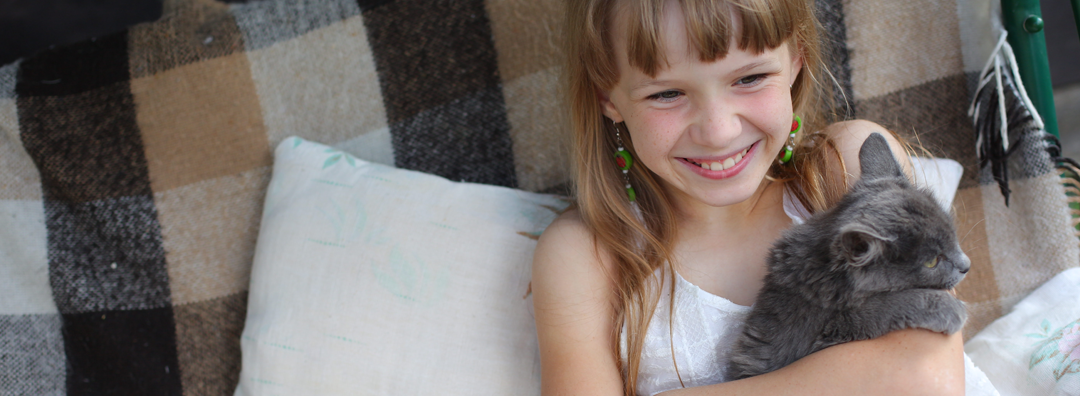
Dental Disease in Pets
If you notice an odor coming from your pet’s mouth, it may be a result of some form of dental disease. Your veterinarian can correctly diagnose the problem and suggest treatments. Here are some of the basic facts about dental disease.
According to experts, many pets over the age of two have some form of periodontal disease. Any odor other than nice, clean-smelling breath may indicate a problem. Dental disease is graded in four steps:
Grade I —
Some tartar and breath odor.
Grade II —
Heavy tartar and some gum recession; gums are reddened and infected.
Grade III —
Severe tartar and gum recession; teeth are often loose, gums very reddened and inflamed, severe breath odor.
Grade IV —
Severe tartar with tooth loss, severely infected gums, gums very receded, swollen and bleeding and tooth roots are exposed, severe breath odor.
Considering that a human visits the dentist for a toothache, imagine how your pet feels with inflamed gums, heavy tartar and loose teeth. Eating may become difficult. In addition to the discomfort, your pet is at risk for serious health conditions. As bacteria collects along the gumline, it produces acids. These acids gradually inflame the gum tissue and the ligaments that hold teeth in place. As tartar builds and works its way under the gum, bacteria and acid continue to erode more tissue. Teeth become loosened and may start to fall out on their own. Bone from the jaw also becomes affected and starts to reabsorb, leaving loose teeth. As the mouth tissue becomes more swollen and infected, it will eventually start bleeding. Now the bloodstream can pick up the bacteria from the mouth and circulate it through your dog or cat’s entire body. Dental disease has been linked to kidney, heart and sinus infections. This is why your veterinarian may prescribe antibiotics before your pet has any dental work done, as well as after any procedure.
Many clients have said their dog acts like a puppy again once the diseased teeth and resulting infections have been addressed. Loose teeth are usually removed because too much damage has already occurred and they cannot be saved. Your dog or cat can actually eat quite well and get along with no teeth if necessary and can live a longer and healthier life with a healthy mouth. We urge you to visit your veterinarian and have your pet’s teeth and gums evaluated.
This article is provided as a general overview of the topic. Always consult your veterinarian for specific information related to diseases or medical care for pets.
1424 Maxim-Southard Road • Howell, NJ 07731 Open 7 days by appointment

© Highland Kennel | designed with love by Katie | Embodyart ![]()
© Highland Kennel designed with love by Katie | Embodyart ![]()

